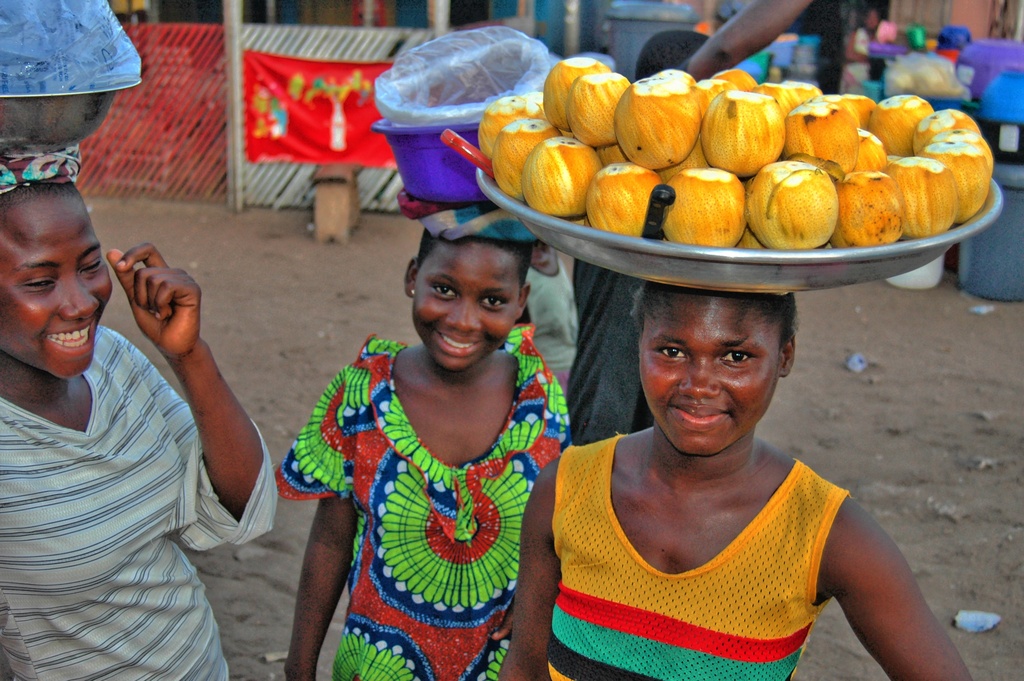Edina Bronya: A Local Christmas of Culture,
Family, and Festival in Elmina
In the historic coastal town of Elmina — where the sea meets stone and memory — January opens not with quiet, but with color. It is a season of song, a time of laughter, and a moment where tradition embraces transformation.
This is Edina Bronya — often called the “local Christmas” of the Edina people, a Fante subgroup in Ghana’s Central Region. Celebrated on the first Thursday after the New Year, the festival is a vibrant blend of African roots and European echoes — a cultural fusion that tells the story of adaptation, identity, and joy.
More Than a Festival — A Heritage of Homecoming
To the Edina people, Edina Bronya is more than festivity — it is family. It is not merely a borrowed tradition, but a reimagined one. Introduced during colonial times, the festival has been transformed into a unique cultural celebration that reflects the heart of Elmina: resilient, festive, and proud.
“We took what was foreign,
And made it our own.
Now it carries our laughter,
Our stories, our soul.”
Edina Bronya is a communal Christmas — not defined by religion or commerce, but by connection.
Sacred Joy and Cultural Splendor
The festival unfolds in a rhythm that blends celebration with symbolism — a joyful mirror of Elmina’s past and present:
Family Reunions and Homecomings
Bronya is a time when sons and daughters of Elmina return home. The town comes alive with greetings, embraces, and reunions. It is a sacred homecoming — one marked by food, storytelling, and shared memory.
Gift-Giving and Feasting
In every home, the spirit of generosity flows. Families exchange gifts — not always extravagant, but always heartfelt. Feasts of local delicacies fill the air: eto, fufu, kenkey, stews, and fresh seafood from the nearby ocean.
Street Parades and Cultural Costumes
Children and adults take to the streets in elaborate, often humorous costumes — some mimicking colonial officials, others dressed in traditional wear. This mix of satire and celebration creates a carnival-like energy filled with drums, brass bands, and community spirit.
Drumming, Dancing, and Music
Traditional music reverberates through the town — from ancestral drumming to contemporary highlife. Dance becomes a language of celebration as the young and old move in rhythm with joy and pride.
Cultural Rituals and Symbolic Acts
Though festive, Edina Bronya is also spiritual. Libations are poured, prayers are offered, and ancestral reverence is woven into the celebration. Elders bless the new year, and symbolic acts — like community processions — renew the bonds of kinship and continuity.
Edina Bronya and the Art of Cultural Adaptation
What makes Edina Bronya powerful is not just its celebration — but its transformation. It teaches:
That tradition can evolve without losing its soul
That culture is not what we inherit, but how we shape what we receive
That celebration, when rooted in community, becomes sacred
Edina Bronya is joy with depth. Laughter with lineage. A festival of the present that honors the past.
A Colonial Echo Turned Cultural Anthem
Born from colonial influence, Bronya could have remained a foreign footnote. But in Elmina, it became something else — something richer.
The Edina people infused it with their own meanings, rhythms, and rituals. Today, it stands not as imitation, but as innovation — a symbol of how a people can reclaim, reinterpret, and rejoice.
A Festival Where History and Harmony Dance Together
For the people of Elmina, Edina Bronya is a declaration. That no matter how far the tides of time have carried them, they remain anchored in culture, community, and creativity.
It is a time when the streets sing.
When families feast.
When a town reclaims joy — fully, proudly, and together.
Come Witness a Festival of Laughter, Legacy, and Light
To witness Edina Bronya is to see a people in celebration of who they are — and who they have become. It is a carnival of culture, a gathering of hearts, and a joyous beginning to the year.
Edina Bronya is not just a festival.
It is a homecoming.
A colorful chorus of history, happiness, and hope.
Edina Bronya and the Power of Culture
What makes Edina Bronya remarkable is not its origin — but its transformation. It reminds us:
That identity can be shaped through resilience and creativity
That joy is a cultural force when shared with intention
That heritage lives not only in the past, but in what we make of the present
In every costume, every gift, and every drumbeat, Edina Bronya sings the story of a people who chose to celebrate on their own terms — and in doing so, created something timeless.
Ready to experience it for yourself?
Start planning your cultural journey into the soul of Ghana.
Other websites - Not shown within our main site-map:
- Fort Teshie (Fort Augustaborg) - Teshie, Accra)
- Fort Komenda - 2 Forts at Komenda (Central Region, near Elmina and Cape Coast, Central Region)
- Forth Conraadsborg (Elmina, Central Region)
- Fort Ussher (Accra, Ussher Town)
- Fort Wiliam (Cape Coast, Central Region)
- Fort Victoria (Cape Coast, Central Region)
- Fort Batenstein (Butree, Western Region)
- Fort Patience (Central Region)
- Kwame Nkrumah Memorial Park and Museum (Accra)
- Yaa Asantewaah Museum (Ashanti Region)
- The W .E. B. Du Bois Centre for Pan African Culture (Accra)
- Volta Regional Museum, Ho (Volta Region)
- Kakum National Park (Central Region, near Cape Coast)
- Aburi & Aburi Botanical Gardens (Aburi, Eastern region)
- Kwame Nkrumah Mausoleum Nkroful (Western Region, Nkroful)
- Official website of Tetthe Quarshie Art market (Accra)
Search Ghana Flights Info

3 girls selling fruits and food at the road side. (c) Strictly by Remo Kurka (photography)